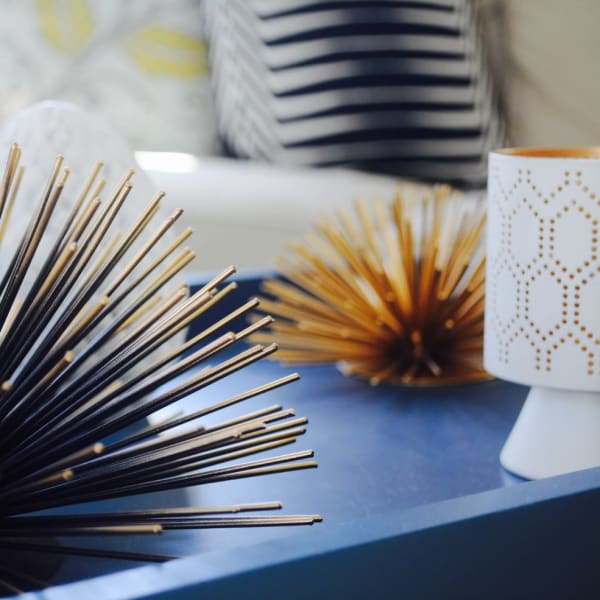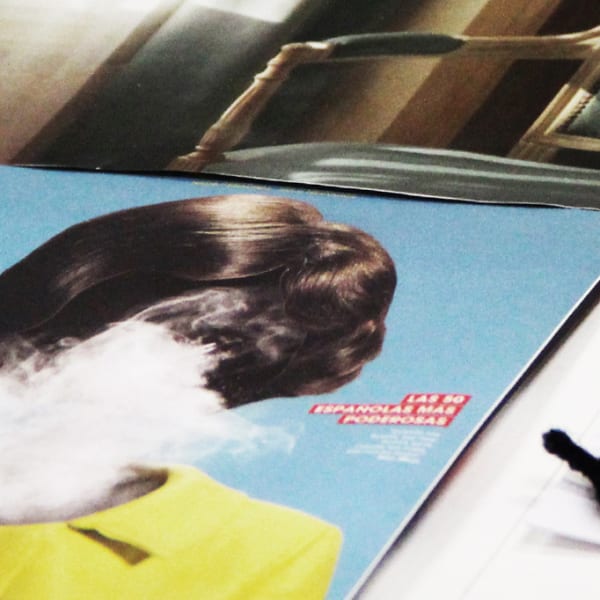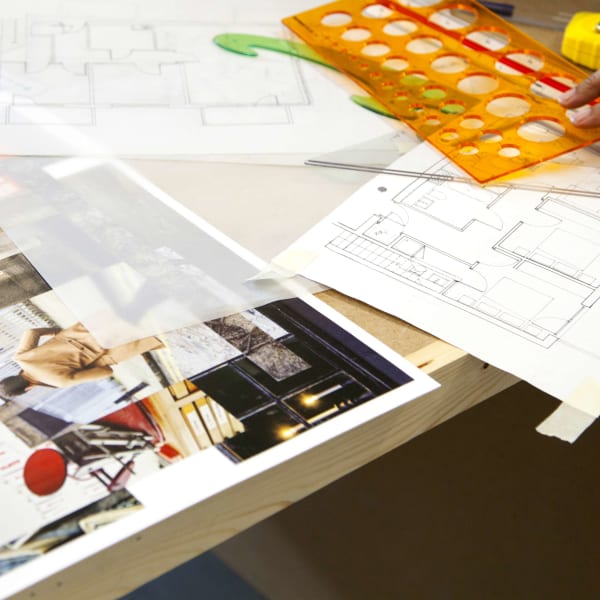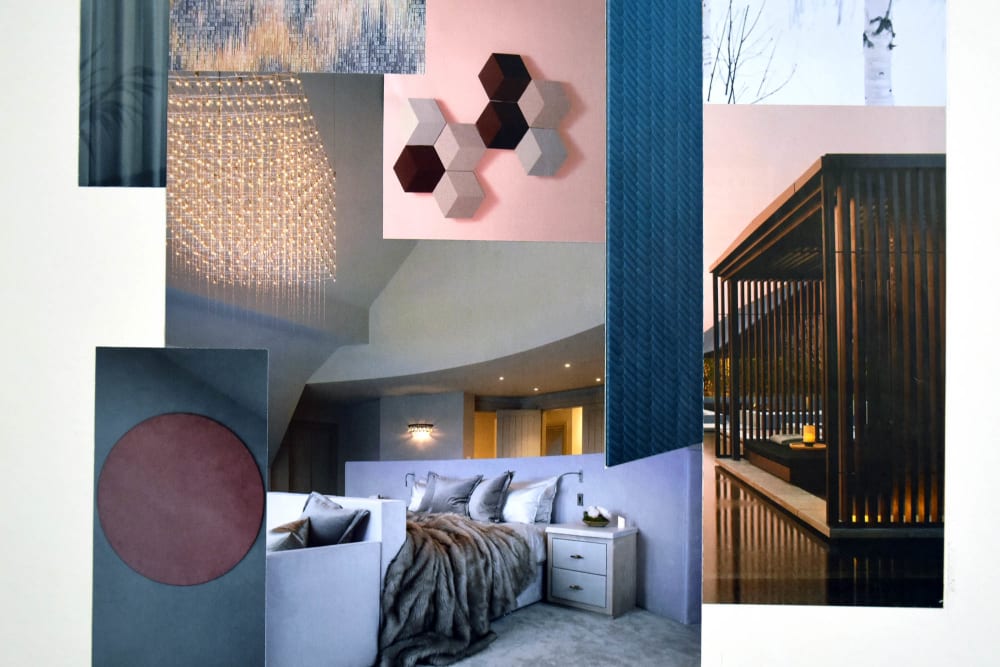
What is the difference between an interior designer and an interior stylist?
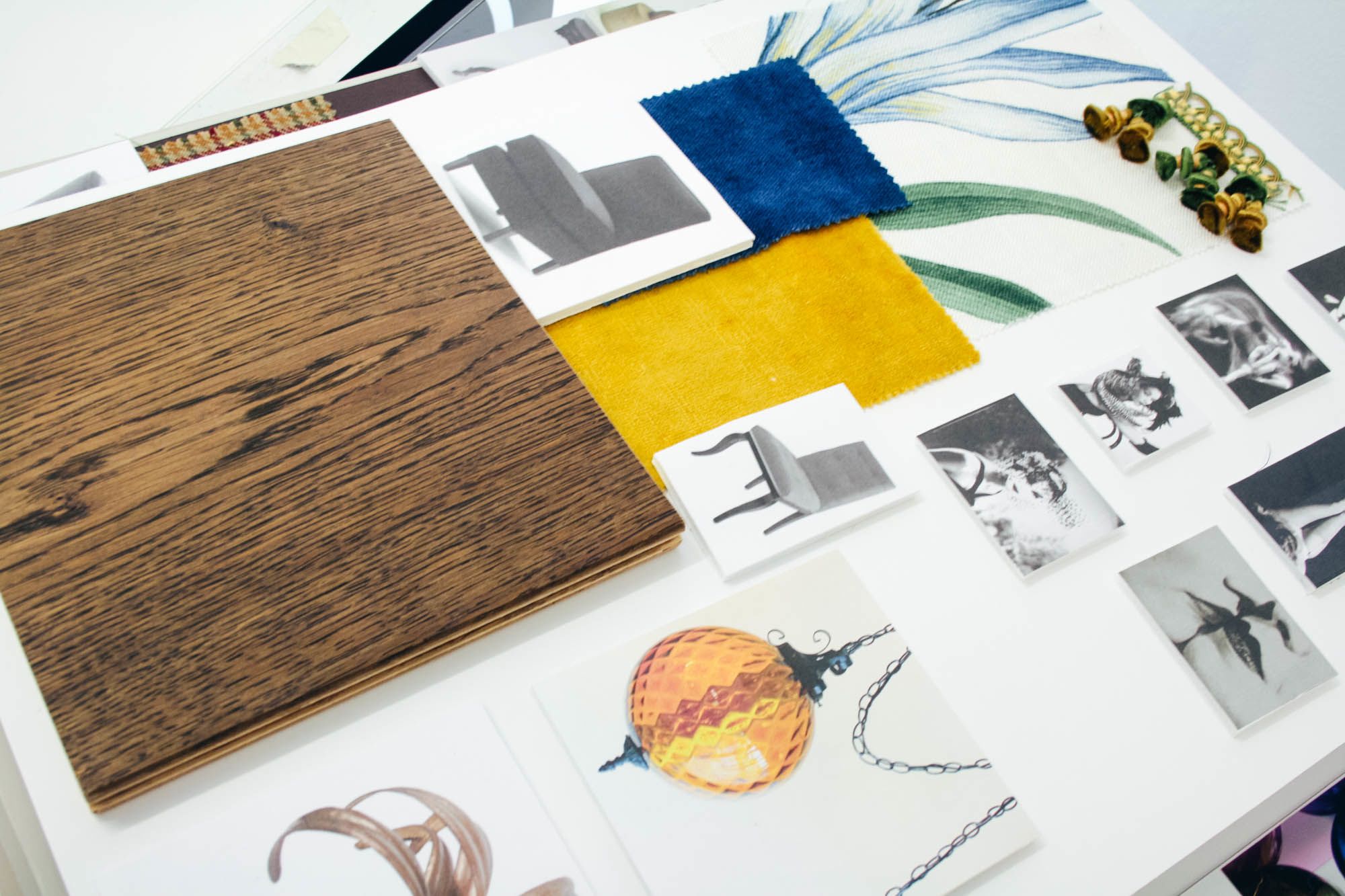
- Written byCarys Thomas
- Published date 30 November 2021

Do you know the difference between an interior designer and an interior stylist?
Designers often get asked how these two professionals are different, and the answer isn't always straightforward as there's generally some overlap between the two. However, there are many aspects of each role that are distinctive and specialised, and both require a unique skill set.
The interior design industry is growing rapidly so if you’re keen to pursue a career in this area, you’ll need to have an understanding of these two disciplines and their role in the design landscape. We spoke to Interior Stylist and UAL short course tutor, Emma Morton-Turner, to get the lowdown on these two roles.
If you’re interested in pursuing a career in interior design, you may find our guide on how to become an interior designer a useful starting point for some practical advice and inspiration from industry professionals.

What do interior designers do?
An interior designer is responsible for the overall design and layout of an internal space in a private or commercial property. This involves managing all the factors that make up that space, from surfaces and wall coverings to furnishings and accessories.
"Interior designers will design the space, what’s going on the walls, what’s going on the ceiling, what furniture is going in - all of those details," says Emma. This is often a big task that generally involves working closely with clients to manage briefs and develop a clear vision for a particular space that fulfils a client's specific needs and budget. Managing client expectations and emotions is an important aspect of the job, as Emma points out, "you have to work with their emotions and preconceived ideas", which can be something of a balancing act in itself.
Interior designers may have input on building configurations and specifications and should take into account all the practical elements that ultimately shape the internal design, like heating outlets, electrical socket plans, tiling and lighting fixtures. The decision-making process can take some time, so designers often produce 2D or 3D plans and live schedules which act as a mock-up of the way that the layout and space will come together, which can be then edited if necessary.
What do interior stylists do?
Interior stylists focus on styling a room or interior for a photoshoot and primarily work on editorial or commercial projects. They are experts at capturing the perfect shot of an interior that celebrates its best features, textures and talking points.
Stylists must carefully consider every aspect of the shot, from the angles of the furniture to the ‘flow’ of the space. "It’s not just about turning up to a shoot and making it look pretty," Emma advises, "you have to get the brief, draw the ideas out, develop mood boards, get the props, think about the logistics and get everything approved – there's a whole system."
The process involves thinking about the layers, textures, colours and angles that can be seen to create a particular atmosphere or mood. Interior stylists will generally be interested in capturing a range of different shots, some large and others small and focused. This helps to draw the viewer in and create an engaging feature that sparks interest.
The ability to draw out the best features of a space is very much a learned skill that requires practice. Emma tells us that budding stylists tend to assist for a few years to improve their skills before taking on any styling jobs of their own.
What are some of the main differences between the two roles?
While interior designers may have a longer time frame to finalise plans, consult with clients and source items, interior stylists typically have to work within tight deadlines according to different publication schedules and the availability of specific locations or properties. Working to tight deadlines at short notice is all part of the job - Emma recalls having shoots booked with just a week’s notice.
Stylists are also often required to transform the space back to its original state after a shoot. "We’ll take every single piece of furniture and every single accessory to make it look beautiful, and [after shooting] we’ll take it all away again and paint it all back to white," Emma explains.
Another difference between the two areas is that interior stylists often need to think about product or brand placement in a way that interior designers may not. Emma refers to the concept of a ‘hero’ piece or product in a shot, noting that when shooting for a magazine, for example, stylists "need to make sure there is a real inspirational element" which could be a piece of furniture or specific accessory that is positioned in the perfect place to maximise its desirability.
If you’re interested in interior design and want to improve your skills or find out more, you may find some of our interior design short courses helpful.
